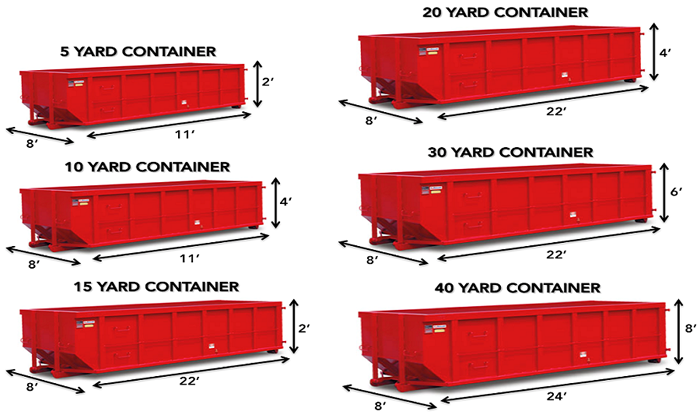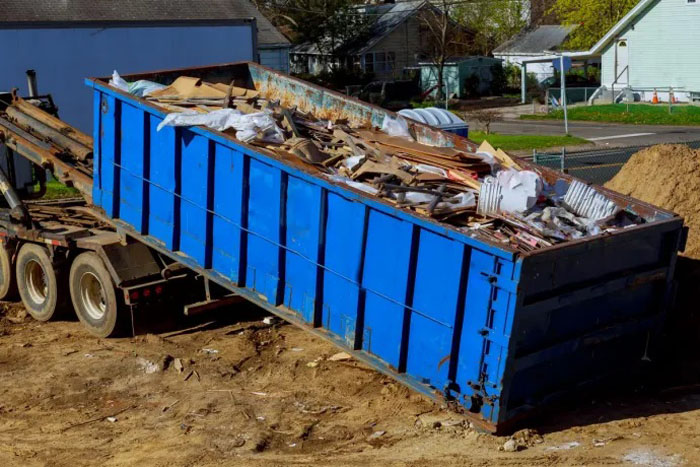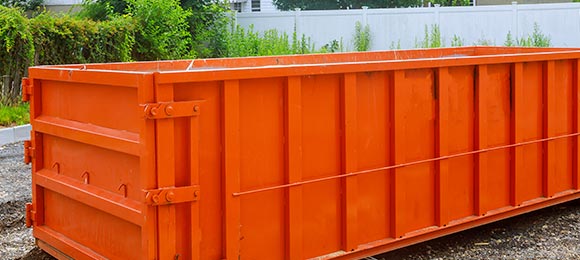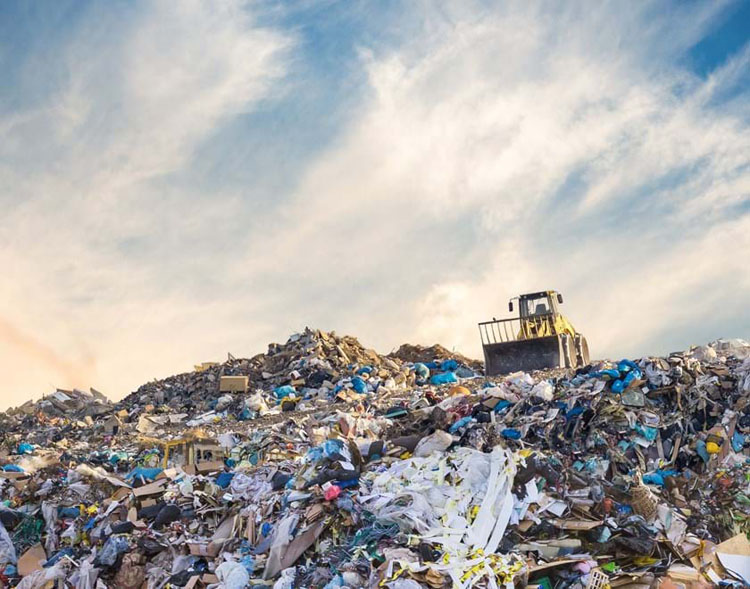
Dumpsters play a crucial role in waste management, providing a convenient and efficient means of collecting and disposing of various types of waste. However, choosing the right dumpster size can be a daunting task, considering the plethora of options available.
Residential Dumpster Sizes:
For homeowners, selecting an appropriate dumpster size is essential when undertaking projects like home renovations, landscaping, or decluttering. Residential dumpsters typically come in sizes ranging from 10 to 40 cubic yards. A 10-yard dumpster is ideal for smaller projects like a garage cleanout or minor renovations. On the other hand, larger projects, such as a full home remodel, may require a 30 or 40-yard dumpster.
Commercial Dumpster Sizes:
Businesses generate a significant amount of waste, and commercial dumpster sizes are designed to accommodate varying levels of waste production. Common commercial dumpster sizes include 2, 4, 6, and 8 cubic yards. Small businesses or offices may find a 2 or 4-yard dumpster suitable, while larger establishments may opt for a 6 or 8-yard dumpster to manage higher waste volumes.
Construction Dumpster Sizes:
Construction projects generate substantial amounts of debris, necessitating larger dumpster sizes. Construction dumpster sizes typically range from 10 to 40 cubic yards. A 10-yard dumpster is suitable for smaller construction jobs, such as roofing or flooring projects, while larger projects, like a complete demolition, may require a 30 or 40-yard dumpster.

Roll-Off Dumpster Sizes:
Roll-off dumpsters are versatile and commonly used for construction and demolition projects. These dumpsters are delivered to the site by specialized trucks and can be easily rolled off and picked up when full. Roll-off dumpster sizes vary widely, with common options including 10, 20, 30, and 40 cubic yards. The choice depends on the scale of the project and the volume of waste expected.
Front Load Dumpster Sizes:
Front load dumpsters are frequently used for ongoing waste disposal needs at commercial properties. These dumpsters are emptied using specialized trucks equipped with front-loading arms. Front load dumpster sizes are measured in cubic yards, typically ranging from 2 to 8 cubic yards. Businesses can choose the size that best fits their regular waste output and collection frequency.
Factors Influencing Dumpster Size Selection:
Several factors should be considered when determining the appropriate dumpster size for a specific project:
Project Type: Different projects generate varying amounts of waste. A construction project will produce more debris than a simple home cleanout, influencing the required dumpster size.
Duration: The duration of the project is a crucial factor. Short-term projects may require a smaller dumpster, while long-term or ongoing projects may necessitate a larger size.
Space Constraints: The available space on the property or construction site will impact the choice of dumpster size. Limited space may require smaller dumpsters or strategic placement to maximize efficiency.
Local Regulations: Municipalities often have regulations regarding dumpster placement and size. It is essential to be aware of and comply with these regulations to avoid fines or other penalties.
Budget: Budget considerations play a significant role in dumpster size selection. Larger dumpsters generally come with higher rental costs, so it’s essential to strike a balance between size and budget constraints.
Dumpster Dimensions Explained:
Understanding the dimensions of different dumpster sizes is crucial for accurate planning and efficient waste management. The dimensions are typically expressed in terms of length, width, and height. For example, a 20-yard dumpster might have dimensions of 22 feet long, 8 feet wide, and 4 feet high.
Tips for Efficient Dumpster Use:
Compact Waste: To maximize space within the dumpster, break down large items and compact waste as much as possible. This can help reduce the need for a larger dumpster.
Proper Loading: Load the dumpster evenly to distribute weight and prevent overloading. Avoid piling debris above the container’s sides to ensure safe transportation.
Recycle: Separate recyclables from general waste to reduce the volume of material going into the dumpster. This not only promotes sustainability but can also influence the choice of a smaller dumpster.
d. Regular Monitoring: For ongoing projects, regularly monitor waste accumulation to adjust the dumpster size or collection frequency if needed.
Navigating dumpster dimensions is a crucial aspect of effective waste management for residential, commercial, and construction projects. The right dumpster size ensures efficient waste disposal, cost-effectiveness, and compliance with local regulations. By understanding the diverse range of dumpster sizes and considering project-specific factors, individuals and businesses can make informed decisions that contribute to a streamlined waste management process.






